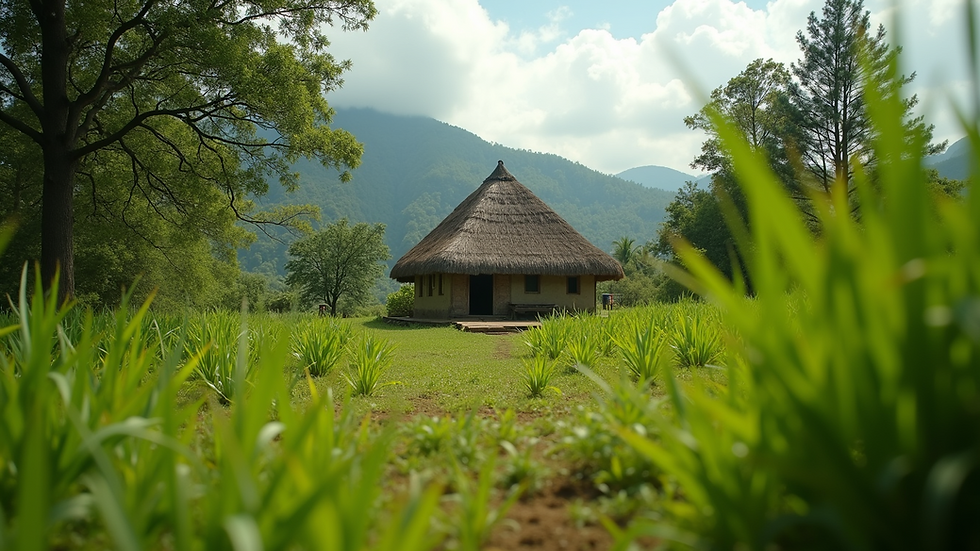Search
Agikuyu Traditions: A Nervous Groom Prepares for his Ruracio With Potential Father in Law
- Aug 11
- 3 min read
When Mumbi and Gikuyu welcomed their nine plus one beautiful daughters into the world, they couldn't have imagined the legacy they were creating. Fast forward to 2025, and their lineage has blossomed into a vibrant community of thousands. Each member has unique names like Njuguna, Njeri, Maitho, Matuu, Kibutu, and Karimi. These names carry the weight of tradition, showcasing the rich heritage passed down from both sides of the family.
With the clan's growth, customs surrounding marriage have also evolved. A vital tradition in the Agikuyu culture is the ruracio, a formal proposal where the groom seeks the blessing of the bride's father or male clan elders. This moment is steeped in respect and cultural significance, marking the beginning of a new chapter in the couple's lives.












Comments